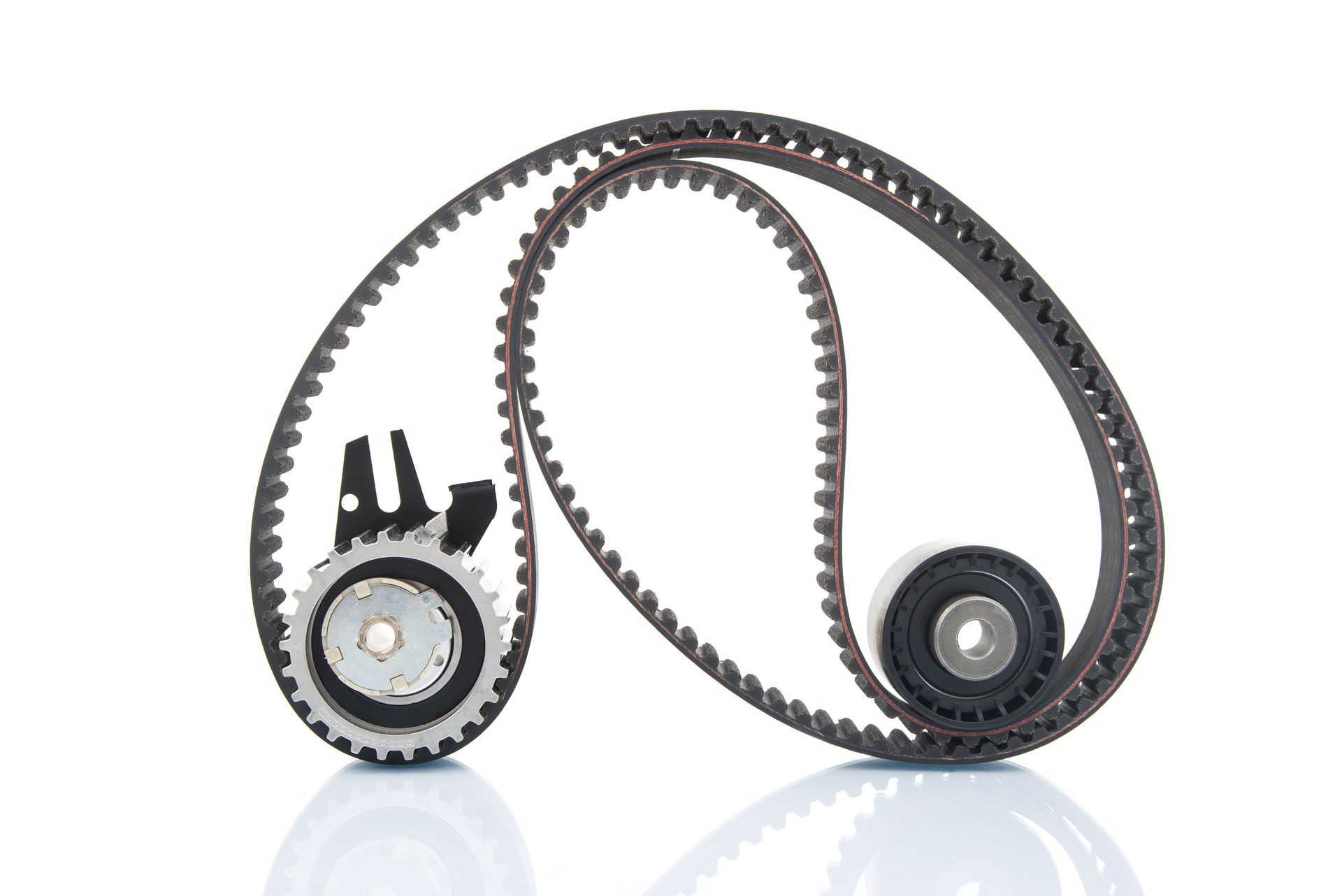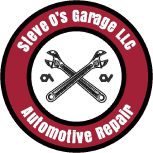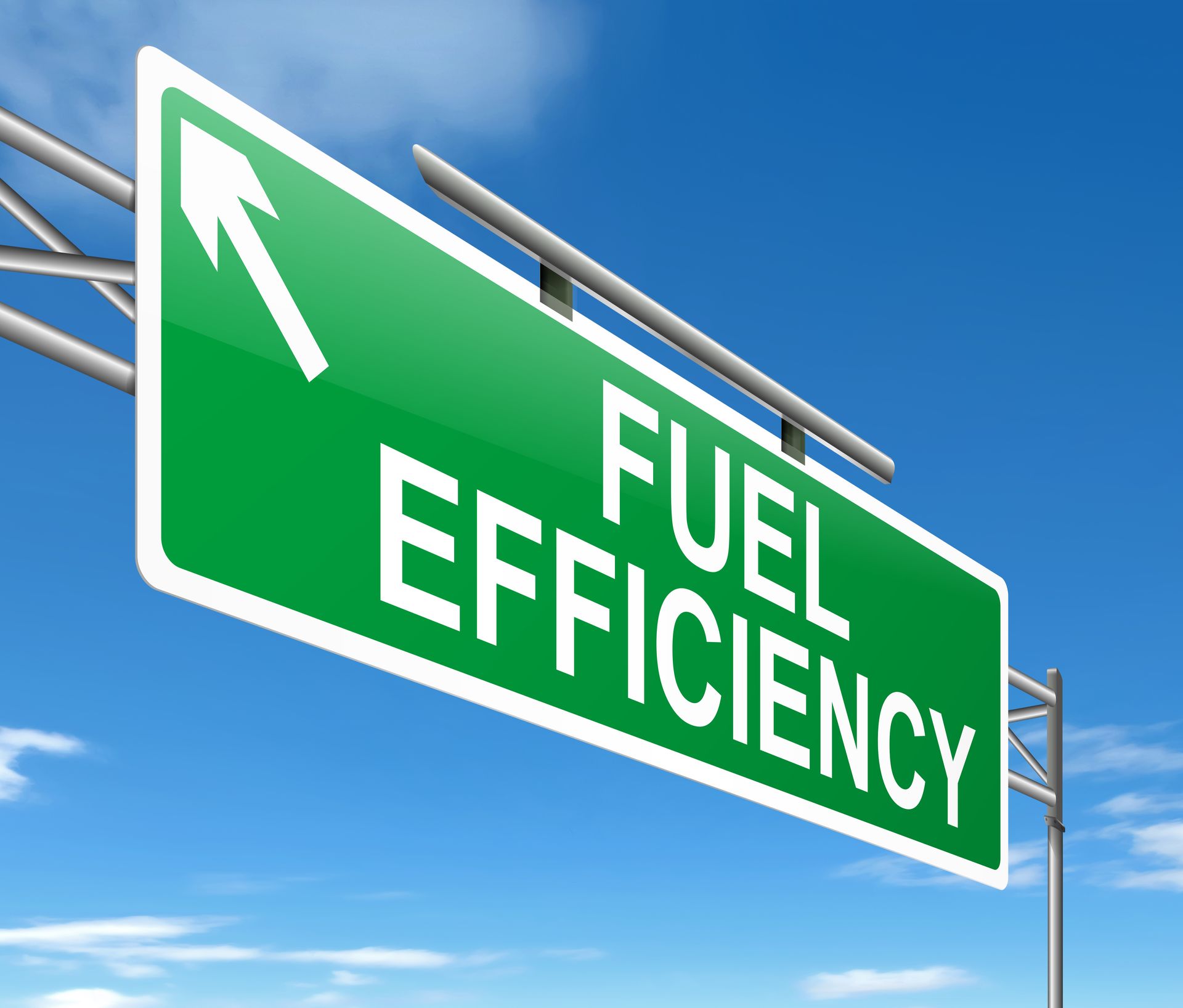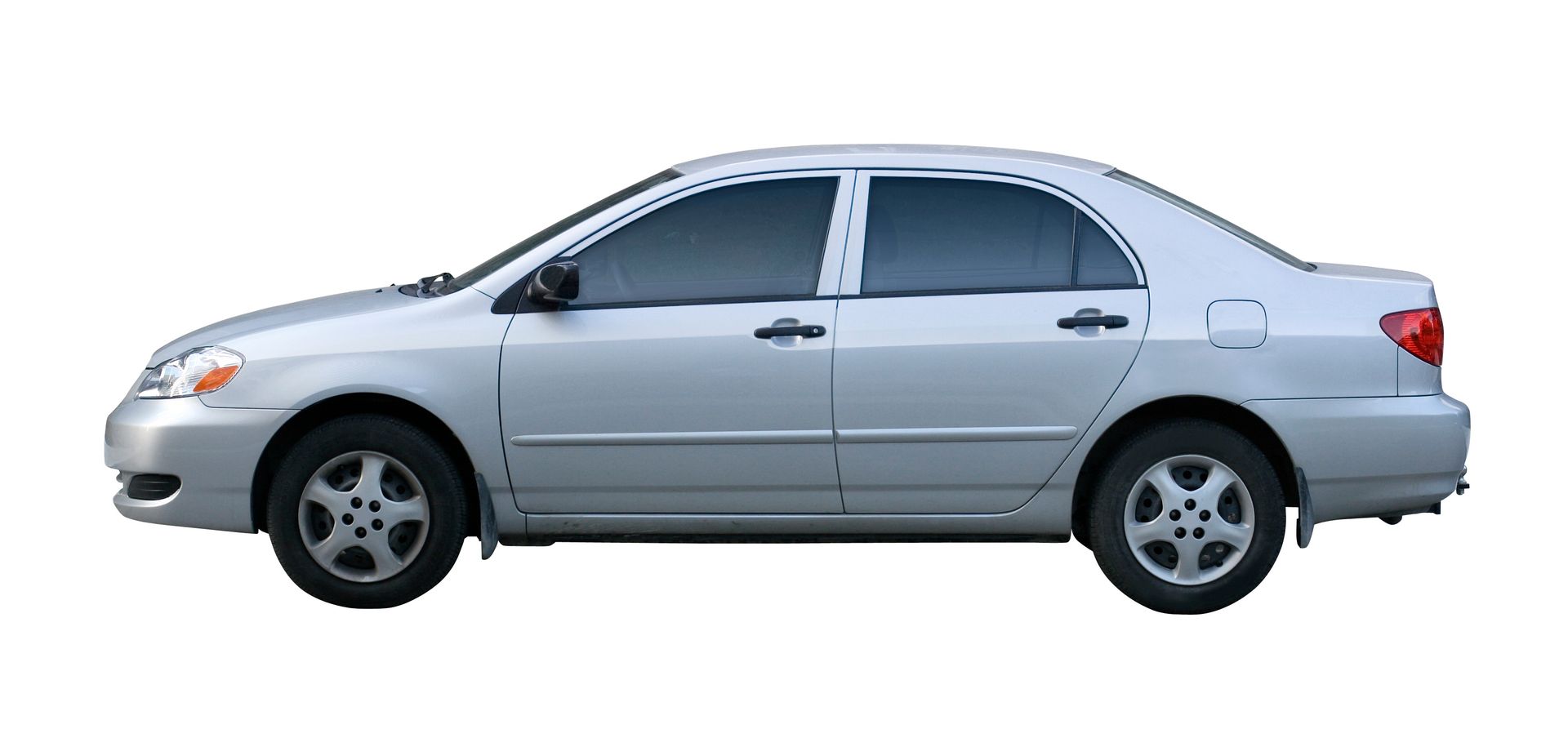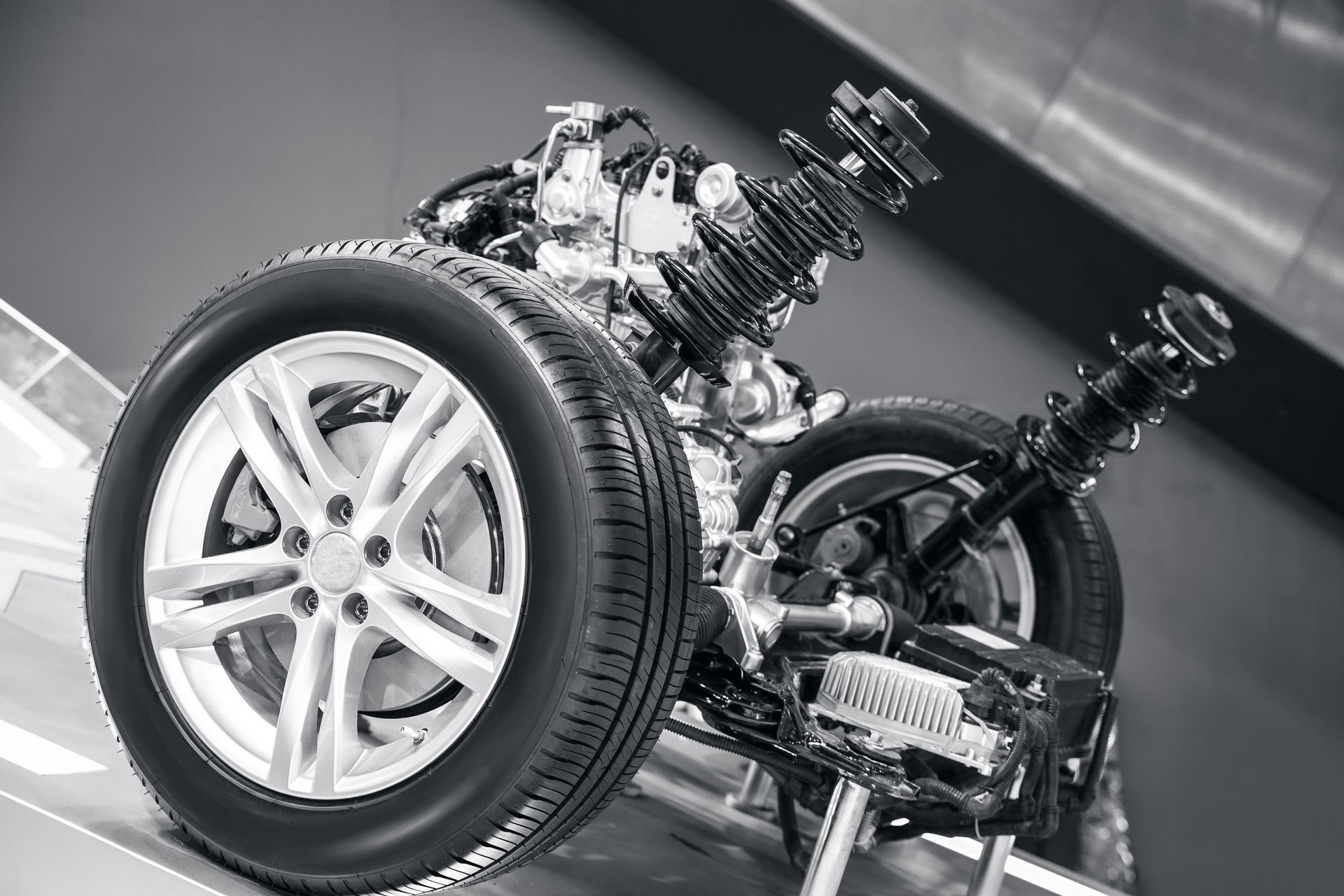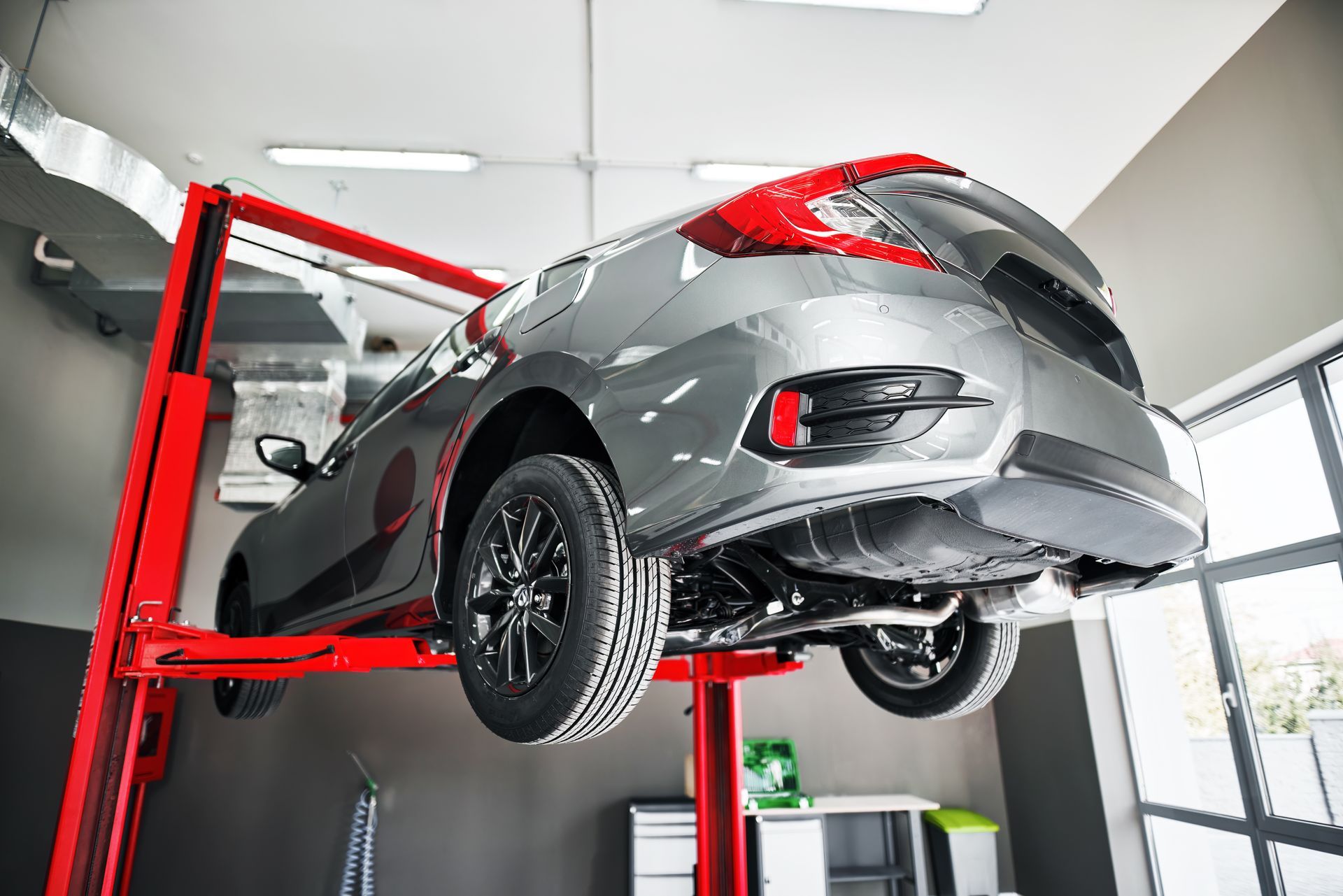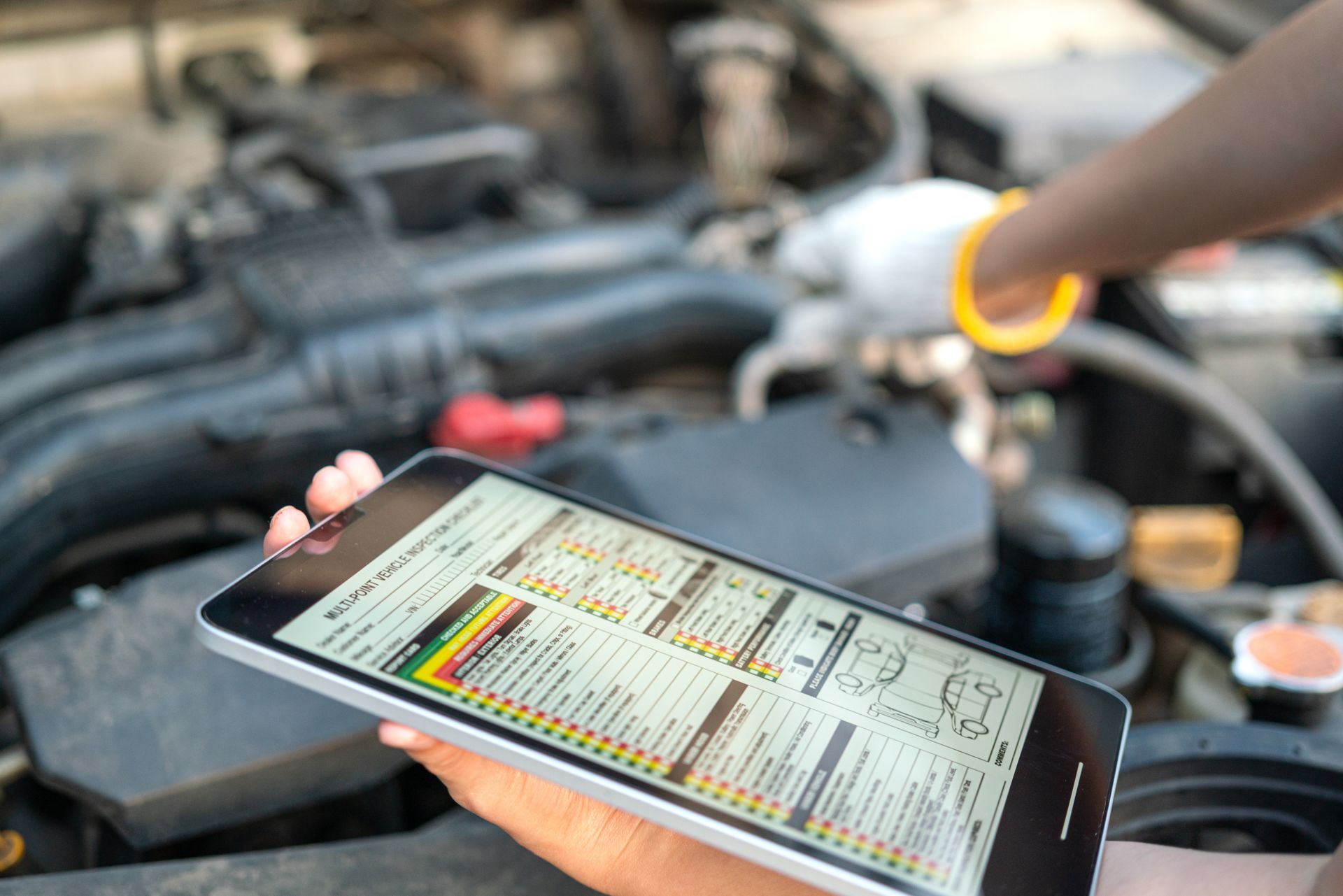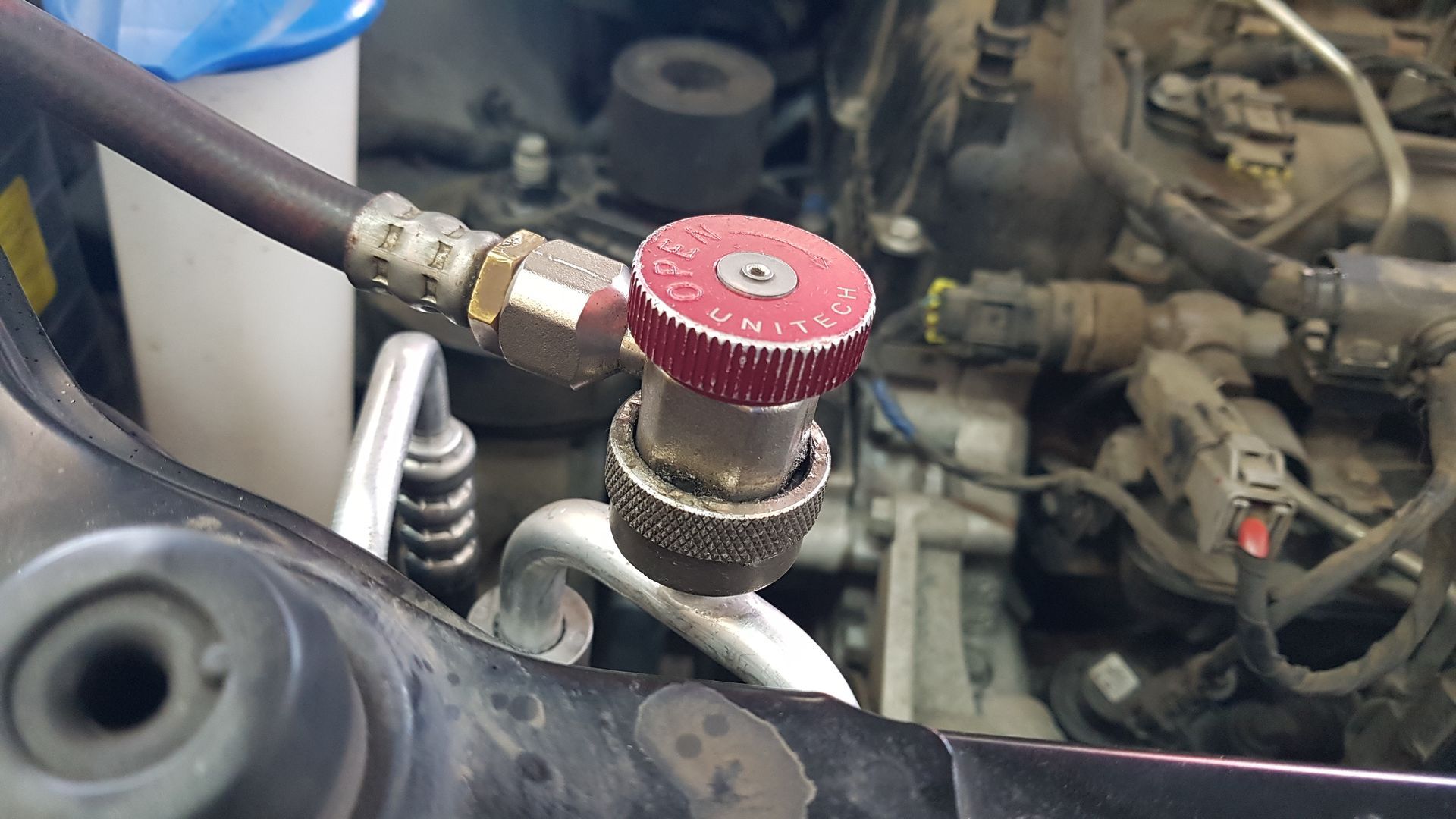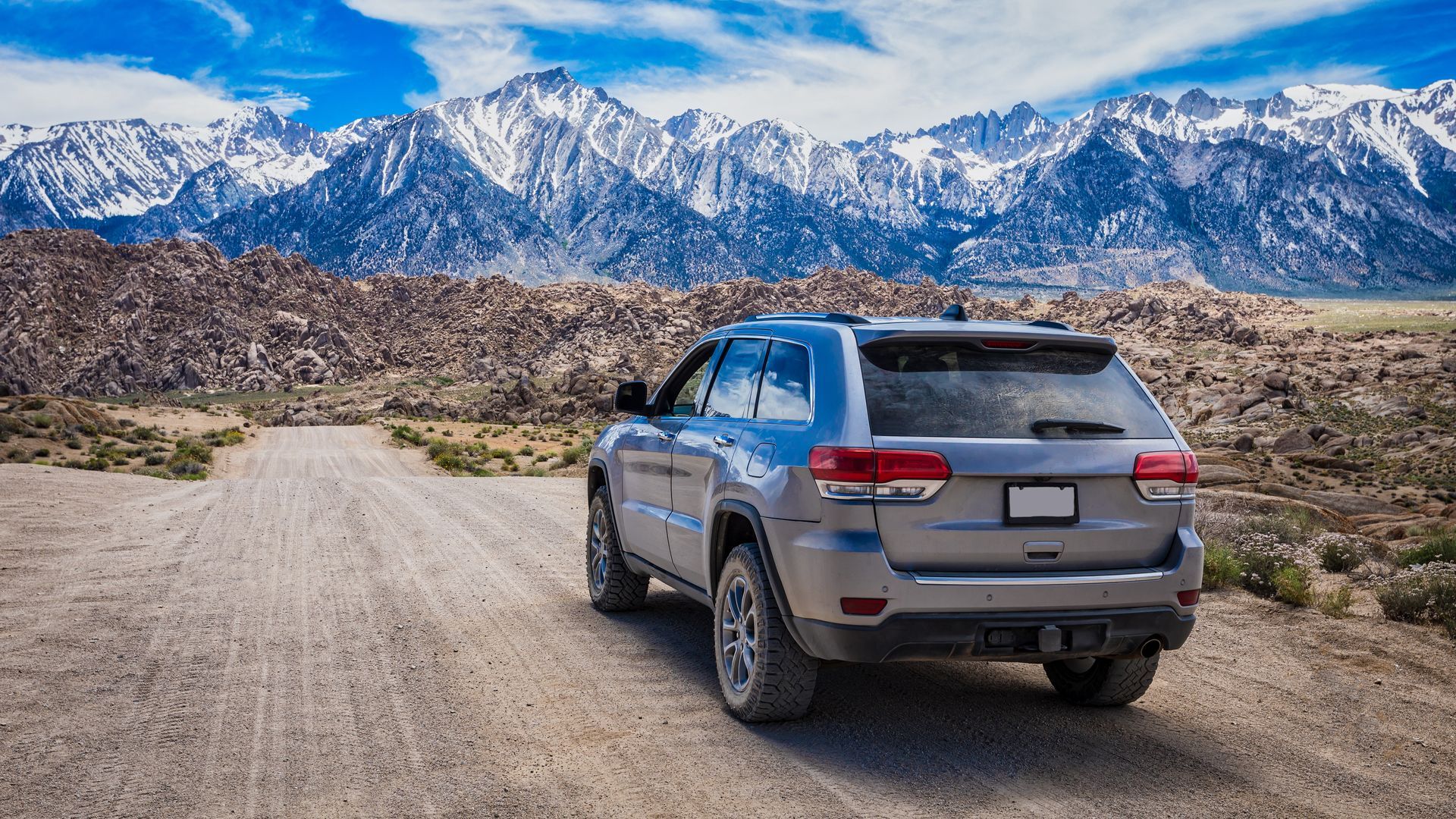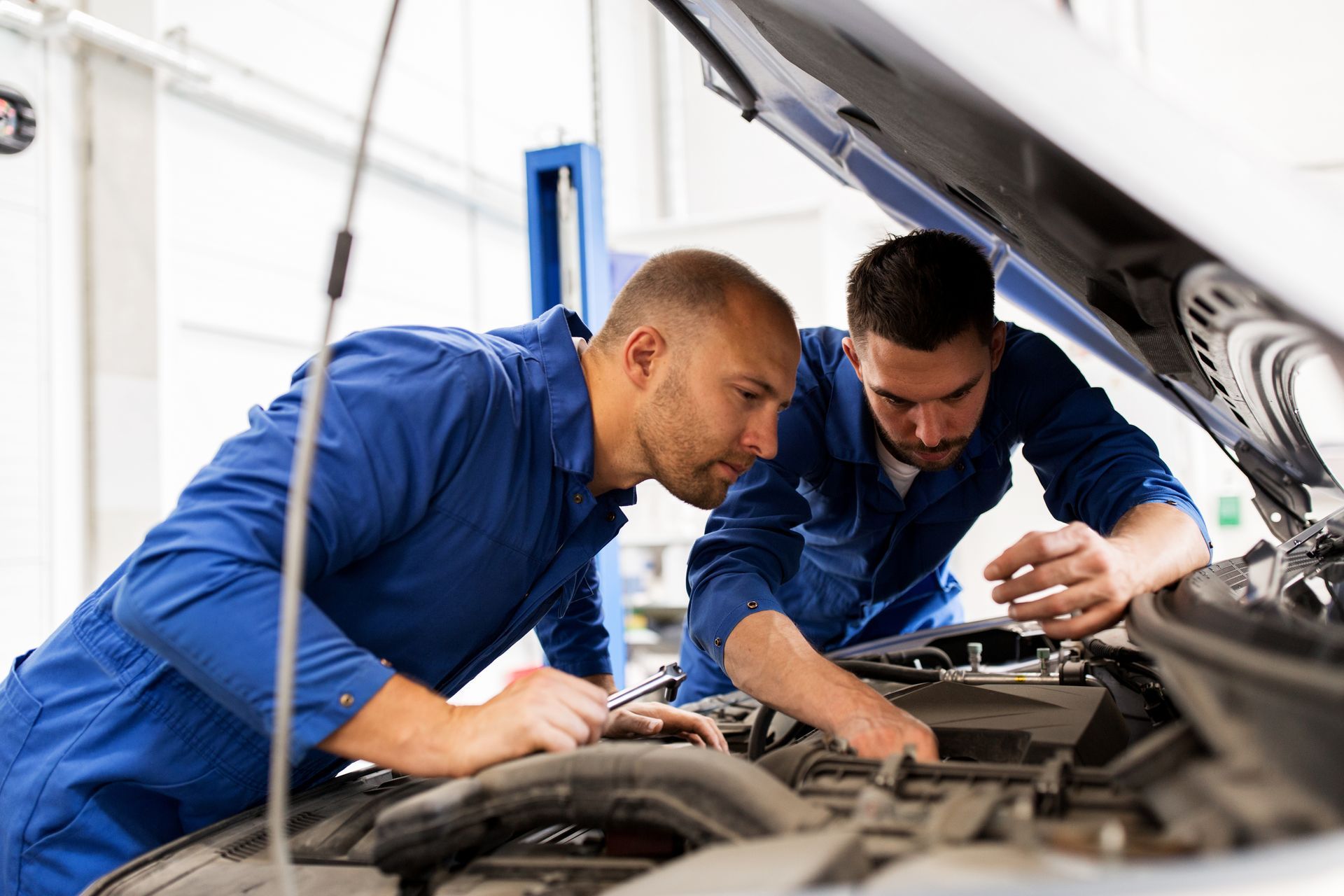You've invested your hard-earned money in a sleek, reliable vehicle, expecting it to be a companion for the long haul, and we congratulate you on that! However, unknowingly, some of your maintenance habits might be silently chipping away at your car's performance and longevity. In the hustle and bustle of life, it's easy to overlook certain maintenance pitfalls that can spell disaster for your beloved automobile. Let's shine a light on some of the worst maintenance habits that you should steer clear of, ensuring your vehicle remains a steadfast ally on the road.
Neglecting Regular Oil Changes
Oil is the single most important thing for your engine, and neglecting regular changes can lead to a cascade of problems. Overused and contaminated oil can compromise engine performance, leading to excessive wear and tear, reduced fuel efficiency, and potentially costly repairs. Make sure to adhere to your vehicle's recommended oil change schedule for optimal engine health.
Another thing we have to mention as a benefit is that old oil can be used to identify hidden problems - mechanics and special equipment are used to determine its condition!
Ignoring the Check Engine Light
Consider the check engine light as your car's way of saying, "Hey, something's not right!" Ignoring this warning can lead to exacerbating issues, resulting in more extensive and expensive repairs down the road - especially if the light is flashing. Promptly addressing the cause behind the check engine light can save you from significant headaches and preserve your vehicle's overall health.
Overlooking Tire Maintenance
Your tires are the only point of contact between your vehicle and the road. Bypassing their maintenance can lead to compromised safety and reduced fuel efficiency. Avoid driving on underinflated or overinflated tires, as they can wear unevenly, affecting handling and fuel economy. Regularly check tire pressure, tread wear, and alignment to ensure a smooth and safe driving experience.
Delaying Brake Inspections
Your vehicle's brakes are crucial for your safety on the road and ability to be in control. Delaying brake inspections and ignoring signs of wear can lead to compromised stopping power, jeopardizing your safety and that of others. Keep an eye out for any unusual noises or vibrations while braking and promptly address any issues to ensure your brakes remain in top condition.
Neglecting Fluid Checks
Your vehicle relies on various fluids, including coolant, transmission fluid, and brake fluid, to function optimally. If they are not flushed and changed, it can lead to overheating, transmission issues, and brake system failures.
Poor Battery & Alternator Maintenance
A neglected battery and alternator can leave you stranded when you least expect it. Avoiding regular battery checks and cleanings can lead to corrosion and reduced battery life. Ensure your battery's terminals are clean and securely connected, and consider testing its health periodically to prevent any unexpected breakdowns.
Steveo's Garage LLC is here to make your car perform at its best, all you need to do is to book an appointment with us and come to the shop!
